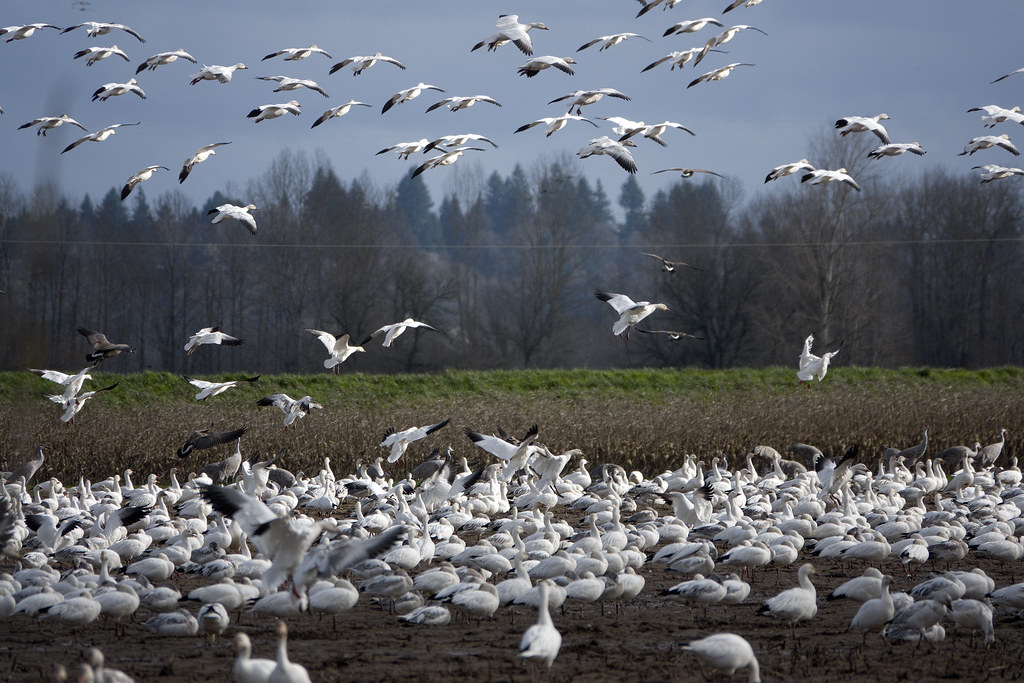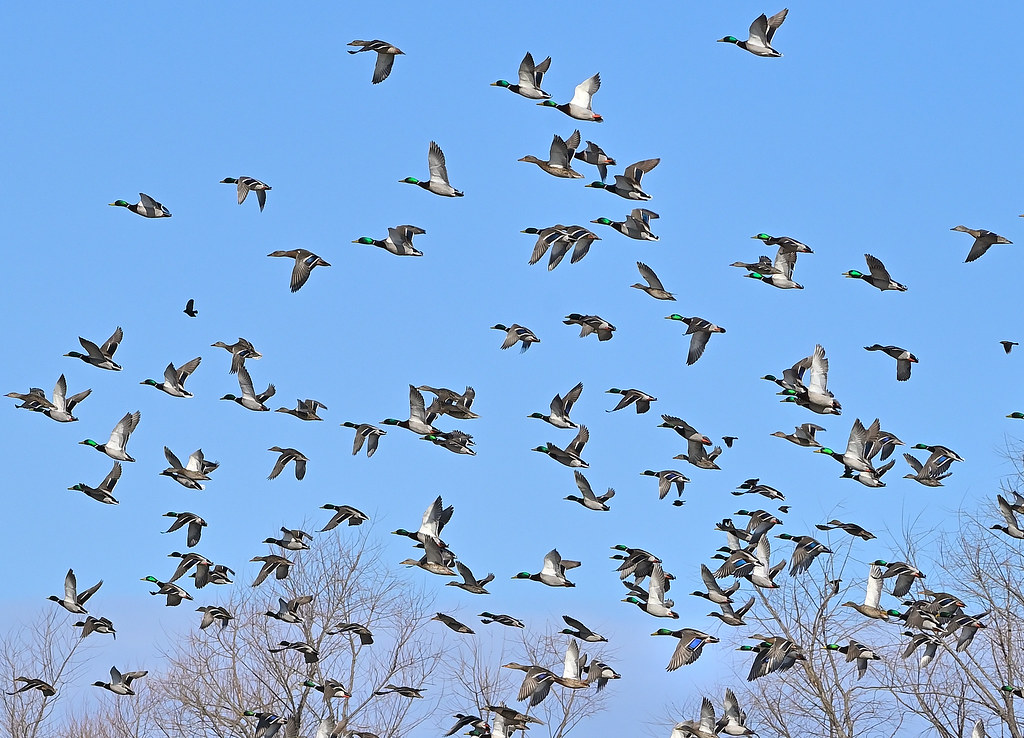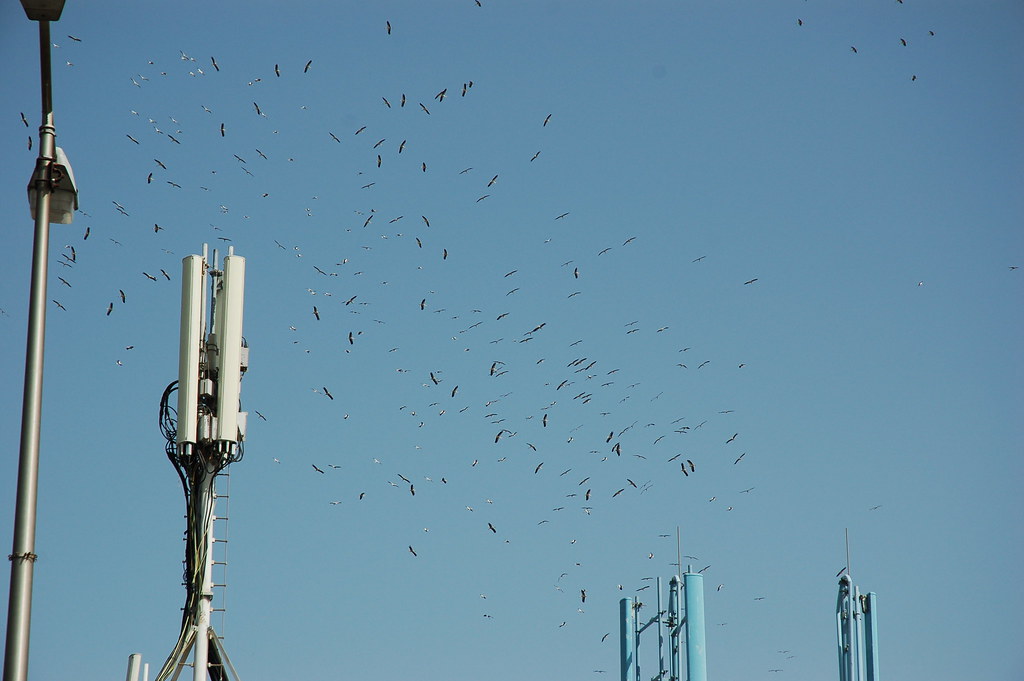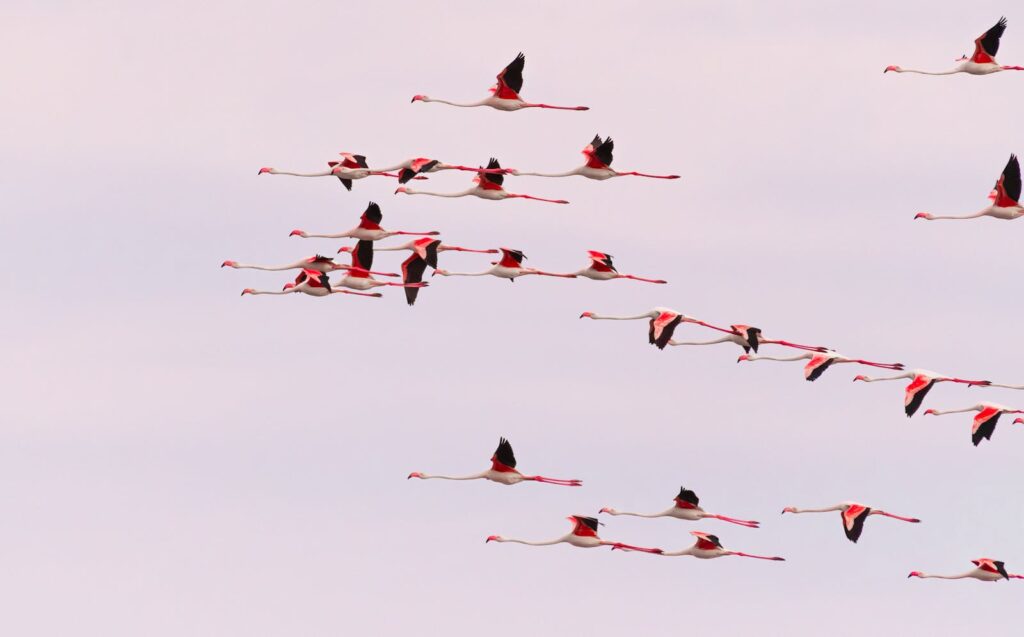As the world awakens with the vibrant energy of spring, millions of birds embark on remarkable migratory journeys that have fascinated humans for centuries. These feathered navigators possess an extraordinary ability that humans can only dream of—they can sense Earth’s magnetic field and use it as a compass for navigation. This phenomenon, known as magnetoreception, represents one of nature’s most sophisticated sensory systems and remains partially mysterious even to modern science. This spring, as birds return to their breeding grounds following ancient flyways, their magnetic sensing abilities take center stage in one of nature’s greatest spectacles. Understanding how birds perceive these invisible forces offers us not just scientific insights, but also a deeper appreciation for the natural world unfolding in our backyards, local parks, and wilderness areas during this season of renewal.
The Marvel of Avian Magnetoreception

Magnetoreception in birds represents one of the most sophisticated sensory adaptations in the animal kingdom. Unlike humans, who rely primarily on five basic senses, birds possess this “sixth sense” that allows them to detect and respond to Earth’s magnetic field with remarkable precision. Scientists believe birds can perceive both the direction of magnetic field lines and their intensity, creating a complex navigational map. This ability enables them to maintain accurate headings over thousands of miles, often returning to the exact same nesting locations year after year. Even more impressive, birds can integrate this magnetic information with other navigational cues like the position of the sun, stars, and landmarks to create redundant navigation systems that work in various conditions and times of day.
The Science Behind the Magnetic Sense

The exact mechanisms behind avian magnetoreception remain one of biology’s fascinating frontiers, with two leading theories currently under investigation. The first involves cryptochrome proteins in birds’ eyes, which may form quantum-entangled radical pairs when struck by blue light, creating reactions sensitive to magnetic fields. These proteins potentially allow birds to literally “see” magnetic fields as visual patterns superimposed on their normal vision. The second theory centers on magnetite, tiny iron-rich particles found in birds’ beaks and inner ears that act like microscopic compass needles, physically moving in response to magnetic fields. Recent research suggests both mechanisms might work in concert, providing birds with complementary magnetic information for navigation. The complexity of this system explains why scientists continue to make new discoveries about this remarkable sensory ability.
Spring Migration: The Ultimate Test of Magnetic Navigation

Spring migration represents the pinnacle of avian magnetic navigation abilities as billions of birds undertake journeys spanning continents and oceans. Unlike fall migration, spring journeys typically occur more rapidly and directly as birds race to secure prime breeding territories and find mates. Magnetic navigation becomes especially crucial during spring migration because birds often travel through changing weather conditions, including nighttime and cloudy periods when celestial cues are unavailable. Research has shown that many species make critical course corrections based solely on magnetic information during these challenging segments of their journey. The stakes of accurate navigation are particularly high in spring, as arriving too early or too late to breeding grounds can dramatically impact reproductive success and survival.
How Different Bird Species Utilize Magnetic Fields

The sophistication of magnetic sensing varies dramatically across bird species, reflecting their different evolutionary histories and migratory behaviors. Long-distance migrants like Arctic Terns, which travel from pole to pole annually, demonstrate the most precise magnetic navigation, able to find tiny breeding islands after journeys exceeding 40,000 miles. By contrast, short-distance migrants like many warblers rely on a combination of magnetic cues and learned landmarks. Some particularly interesting cases include homing pigeons, whose legendary navigational abilities stem partly from their sensitivity to subtle variations in Earth’s magnetic field. Young birds appear to calibrate their magnetic compass during their first migration, creating a lifelong navigational map that becomes more refined with experience. This range of adaptations highlights how magnetic sensing has evolved to match each species’ specific ecological needs.
Magnetic Field Disturbances and Their Impact

In our increasingly electrified world, human-generated electromagnetic fields pose potential challenges to birds’ navigational systems. Cell towers, power lines, radar installations, and even urban lighting can create electromagnetic “noise” that may interfere with birds’ ability to detect Earth’s natural magnetic field. Several studies have documented birds becoming disoriented near strong electromagnetic sources, particularly during nighttime migration when they rely more heavily on magnetic cues. Solar storms and geomagnetic events represent natural disruptions that can similarly affect migration patterns, occasionally causing bird fallouts when large numbers of migrants descend in unusual locations after losing their navigational bearings. As electromagnetic pollution increases globally, scientists worry about its cumulative effects on migratory bird populations already facing numerous other conservation challenges.
Observing Magnetoreception in Your Backyard

While you can’t directly see birds sensing magnetic fields, spring provides excellent opportunities to observe behaviors that demonstrate this remarkable ability in action. Dawn chorus intensification often signals the arrival of magnetically-guided migrants to your area, as newly-arrived males establish territories through song. Watching birds maintain consistent flight directions, especially during morning and evening movement periods, offers glimpses of their magnetic navigation at work. Some species, like robins and thrushes, perform characteristic “compass calibration” behaviors at sunset, making small hopping movements while apparently referencing both the setting sun and magnetic cues. Citizen science projects like eBird allow you to contribute valuable data on arrival dates and migration patterns that help researchers better understand how birds use magnetic navigation in your specific region.
The Role of Earth’s Magnetic Field in Timing Bird Behavior

Beyond simply providing directional information, magnetic fields appear to influence the precise timing of bird behaviors during spring. Recent research suggests that subtle seasonal changes in Earth’s magnetic field may serve as triggers for physiological changes related to migration and breeding. Birds detect these magnetic shifts and respond with hormonal changes that stimulate migratory restlessness, fat deposition, and eventually reproductive readiness. Some studies indicate that birds held in artificial magnetic environments mimicking different latitudes will adjust their migratory preparation and breeding timing accordingly. This magnetic calendar system works in concert with changing day length and temperature to fine-tune the precise timing of spring activities. Understanding these connections helps explain how birds achieve the remarkably synchronous timing necessary for successful breeding.
Learning from Bird Navigation for Human Technology

The extraordinary magnetic sensing abilities of birds have inspired significant technological innovations across multiple fields. Engineers studying bird navigation have developed more accurate and energy-efficient GPS alternatives that incorporate magnetic sensing, particularly useful in environments where satellite signals are unreliable. Medical researchers are investigating how magnetic field detection might be applied in diagnostic tools and treatments that require precise spatial orientation within the human body. Aviation and maritime navigation systems increasingly incorporate biomimetic designs based on avian magnetoreception to create redundant navigation systems that function even when electronic systems fail. Perhaps most exciting, understanding how birds detect quantum effects at biological temperatures could revolutionize quantum computing and sensing technologies, potentially leading to breakthroughs in computing power and efficiency.
Climate Change and Shifting Magnetic Navigation

As climate change alters global temperatures and weather patterns, birds face a growing challenge in reconciling their magnetic navigation systems with changing environmental conditions. Earth’s magnetic field remains relatively stable while climate zones shift rapidly, creating potential mismatches between magnetically programmed migratory instincts and optimal ecological conditions. Some species show signs of adapting by shifting their ranges and migration timing, but others appear locked into magnetically determined routes that may no longer lead to suitable habitat. These tensions between inherited magnetic navigation and changing environmental conditions represent a significant conservation concern. Long-distance migrants appear particularly vulnerable to these mismatches, as their journeys span multiple climate zones and require precise timing with resource availability across continents.
The Evolutionary History of Magnetic Sensing

The ability to sense magnetic fields likely represents one of the most ancient sensory systems in evolutionary history, possibly predating vision and hearing. Evidence suggests that magnetic sensing evolved independently multiple times across different animal groups, with birds developing particularly refined versions of this ability. Fossil records and genetic studies indicate that birds’ magnetic navigation systems evolved gradually over millions of years, becoming increasingly sophisticated as species expanded their migratory ranges. The earliest bird ancestors likely possessed rudimentary magnetic sensing that initially served for simple orientation rather than complex navigation. Today’s highly calibrated systems represent the culmination of evolutionary pressures favoring individuals that could navigate more accurately to favorable breeding and wintering grounds. This deep evolutionary history explains why magnetic sensing appears so fundamental to bird physiology and behavior.
Magnetic Sensing Beyond Birds

While birds demonstrate perhaps the most spectacular applications of magnetic sensing, this ability appears widely distributed across the animal kingdom in fascinating forms. Sea turtles use magnetic maps to navigate ocean basins and return to their natal beaches for nesting, often after decades at sea. Certain fish species, particularly salmon and eels, incorporate magnetic information during their epic migrations between freshwater and marine environments. Even some mammals, including certain bat species and possibly some rodents, show evidence of magnetic sensing abilities. Perhaps most surprisingly, recent research suggests that some plants may possess mechanisms to detect magnetic fields, potentially influencing growth patterns and orientation. This widespread distribution of magnetic sensing across diverse organisms underscores its fundamental importance as a biological compass in a world where finding direction can mean the difference between life and death.
How to Support Migrating Birds This Spring

As we gain appreciation for birds’ remarkable magnetic navigation abilities, we can take concrete actions to support their spring journeys. Reducing light pollution during peak migration periods helps prevent disorientation, as artificial light can interfere with both magnetic sensing and celestial navigation. Creating stopover habitat with native plants provides critical refueling opportunities for birds making magnetically-guided journeys. Keeping cats indoors during peak migration helps protect tired birds that may be more vulnerable after the navigational challenges of long flights. Supporting bird-friendly policies that protect migratory pathways and breeding habitats ensures these magnificent navigators have destinations worth finding. Even simple actions like providing water sources and reducing window collisions can make meaningful differences for birds completing their magnetically-guided spring migrations through your area.
Conclusion: The Magnetic Connection Between Birds and Humans

As spring unfolds and birds return on their magnetically guided journeys, we’re reminded of the profound yet often invisible connections between all living things and Earth’s fundamental forces. While humans cannot directly sense magnetic fields, observing birds as they navigate by these imperceptible signals connects us to a deeper understanding of our planet’s natural systems. Their remarkable abilities represent not just scientific curiosities but windows into perception beyond human experience—reminders that the world contains dimensions we’re only beginning to comprehend. This spring, when you hear the first warbler songs or spot returning swallows, take a moment to appreciate the magnetic journey that brought them to your awareness. In doing so, you participate in one of spring’s most profound mysteries and celebrations—the magnetically-guided return of life that has connected humans with birds since time immemorial.
